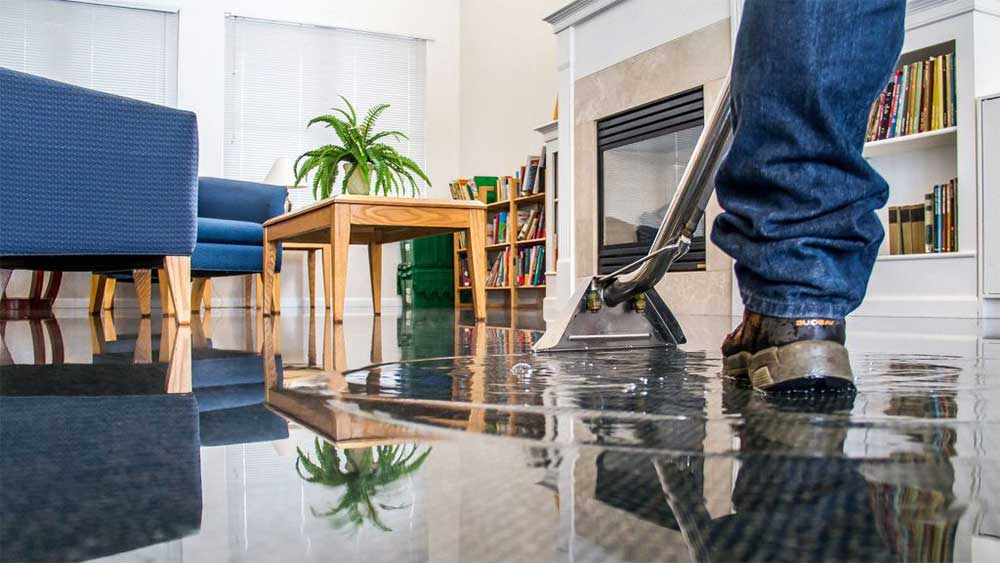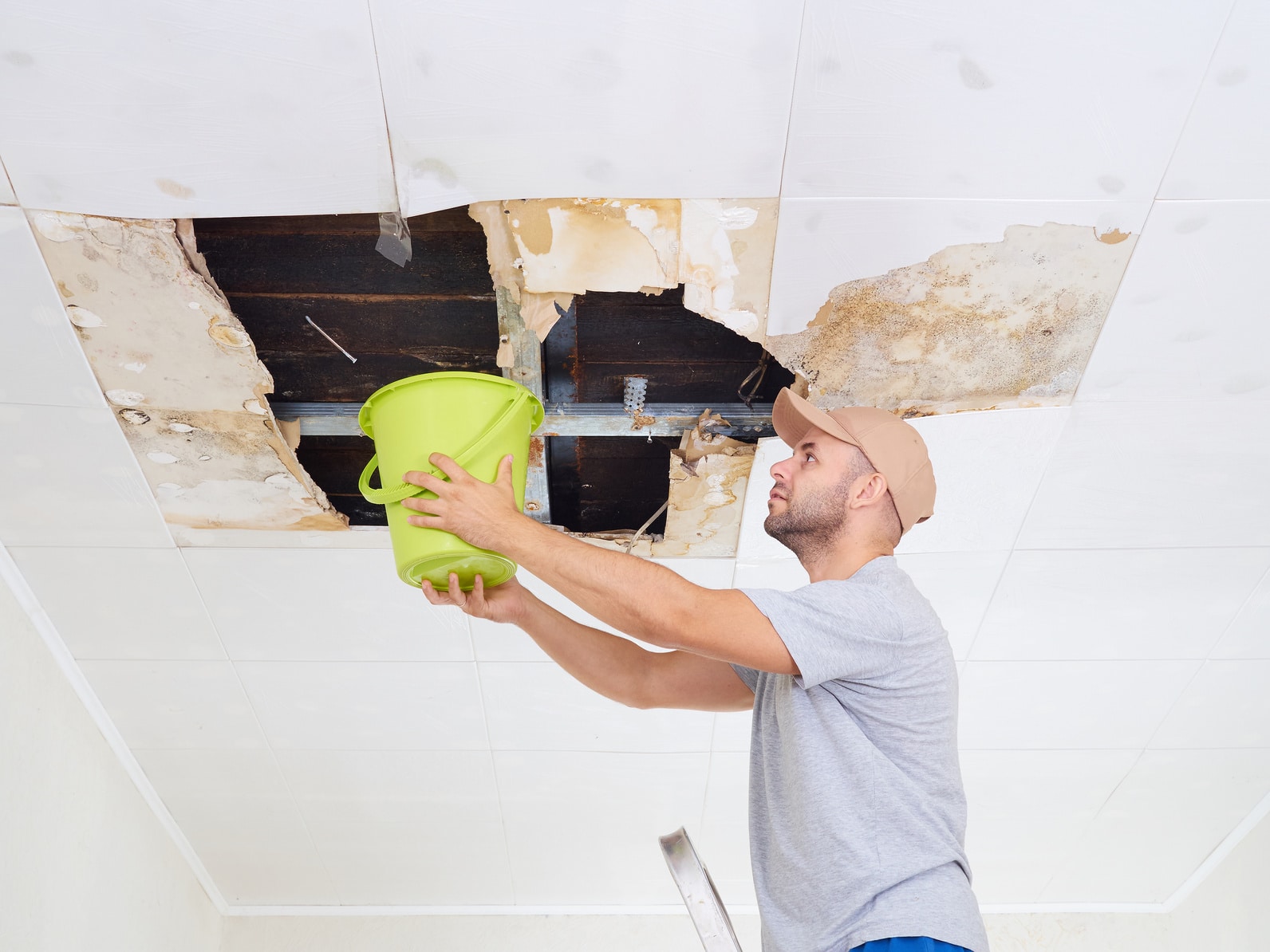Do's & Don'ts of Water Damages.
Do's & Don'ts of Water Damages.
Blog Article
They are making a number of good pointers on the subject of What You Can Do At Home To Prevent Fire And Water Damage overall in the article directly below.

Water provides life, yet water invasion on some components where it's not supposed to be can result in damage and also inconvenience. In addition, residences with water damages smell musty and old.
Water can come from numerous sources like tropical cyclones, floodings, burst pipelines, leakages, as well as drain issues. It's far better to have a functioning expertise of safety and security preventative measures if you have water damage. Right here are a few guidelines on just how to deal with water damage.
Do Prioritize Residence Insurance Policy Insurance Coverage
Seasonal water damages can come from floods, seasonal rains, and also wind. There is additionally an incident of a sudden flooding, whether it came from a faulty pipeline that instantly ruptures into your house. To secure your residence, get house insurance policy that covers both acts of God such as natural catastrophes, and also emergencies like broken plumbing.
Don't Fail To Remember to Switch Off Energies
When disaster strikes and you're in a flood-prone area, switch off the major electric circuit. Switching off the power prevents
When water comes in as water serves as a conductor, electric shocks. Do not neglect to shut off the primary water line valve as a method to avoid more damages.
Keep your furnishings stable as they can relocate around and also trigger additional damages if the floodwaters are getting high.
Do Keep Proactive and Heed Weather Signals
If you live in an area tormented by floods, remain positive as well as ready at all times. Pay attention to the news as well as discharge warnings if you live near a body of water like a lake, creek, or river .
Don't Disregard the Roofing System
Before the weather turns terrible and also for the even worse, do a roofing assessment. A far better behavior is to have an annual roofing evaluation to reduce future problems and complex issues. An excellent roof covering without openings as well as leaks can be a good shield against the rain and also a device to stay clear of rainfall damages. Your roofer needs to deal with the malfunctioning rain gutters or any other indications of damage or weakening. An inspection will certainly stop water from streaming down your walls and saturating your ceiling.
Do Take Notice Of Small Leaks
A ruptured pipeline does not happen in a vacuum or overnight. There are red flags that can draw your attention as well as suggest to you some weakened pipes in your home. Signs of red flags in your pipelines consist of gurgling paint, peeling off wallpaper, water streaks, water spots, or dripping sounds behind the wall surfaces. There are indicators that the pipeline will break. Do not wait for an escalation if you see these signs. Fixing as well as examine your plumbing fixed before it results in substantial damages to your home, finances, as well as a personal headache.
Don't Panic in Case of a Ruptured Pipeline
Timing is crucial when it comes to water damage. If a pipeline bursts in your house, quickly shut off your primary water valve to cut off the source and avoid more damage. Call a reliable water damage restoration specialist for aid.
Water gives life, yet water breach on some components where it's not meant to be can result in damage and aggravation. In enhancement, houses with water damage scent musty and also old.
Seasonal water damage can come from floods, seasonal rainfalls, as well as wind. Signs of red flags in your pipelines include gurgling paint, peeling off wallpaper, water touches, water stains, or trickling sounds behind the wall surfaces. If a pipe ruptureds in your residence, right away closed off your main water shutoff to cut off the source and also avoid even more damages.
Some Do's & Don't When Dealing with a Water Damage
DO:
Make sure the water source has been eliminated. Contact a plumber if needed. Turn off circuit breakers supplying electricity to wet areas and unplug any electronics that are on wet carpet or surfaces Remove small furniture items Remove as much excess water as possible by mopping or blotting; Use WHITE towels to blot wet carpeting Wipe water from wooden furniture after removing anything on it Remove and prop up wet upholstery cushions for even drying (check for any bleeding) Pin up curtains or furniture skirts if needed Place aluminum foil, saucers or wood blocks between furniture legs and wet carpet Turn on air conditioning for maximum drying in winter and open windows in the summer Open any drawers and cabinets affected for complete drying but do not force them open Remove any valuable art objects or paintings to a safe, dry place Open any suitcases or luggage that may have been affected to dry, preferably in sunlight Hang any fur or leather goods to dry at room temperature Punch small holes in sagging ceilings to relieve trapped water (don't forget to place pans beneath!); however, if the ceiling is sagging extremely low, stay out of the room and we'll take care of it DO NOT:
Leave wet fabrics in place; dry them as soon as possible Leave books, magazines or any other colored items on wet carpets or floor Use your household vacuum to remove water Use TV's or other electronics/appliances while standing on wet carpets or floors; especially not on wet concrete floors Turn on ceiling fixtures if the ceiling is wet Turn your heat up, unless instructed otherwise

As a serious person who reads about What You Can Do At Home To Prevent Fire And Water Damage, I think sharing that excerpt was important. Loved our blog? Please share it. Let somebody else locate it. We love reading our article about 5 Home Safety Tips To Reduce The Risk Of Fire And Water Damage.
Report this page